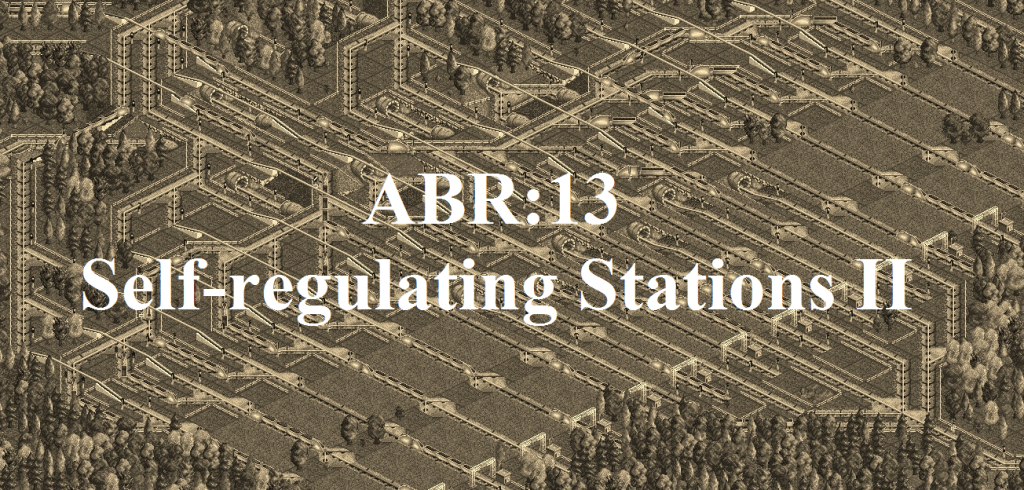Wiki upgrades: Merging Tracks page
Hello!
I would like to announce that I just wrote a hopefully complete wiki page for merging tracks so we finally have a documented guide for mergers.
The aim was to make the page describe all elements which are important for a merge in general where junctionary is for giving specific examples from our games.
Should be helpful mainly for players who start with mergers and need to understand their logic, but there are also some details and things to consider even for the experienced players.
Merging Tracks wiki page
Hope it helps!
Now that you understand how mergers work, please help filling the junctionary with nice mergers 😛

